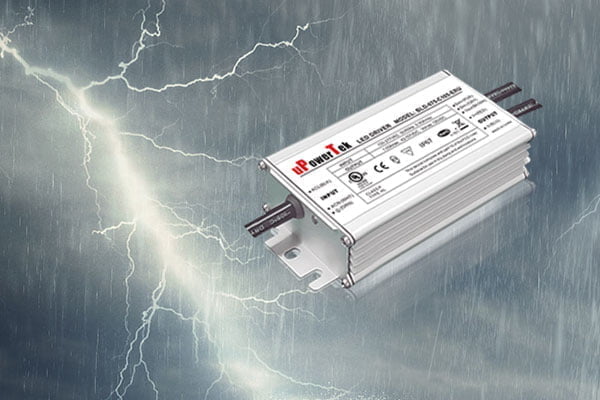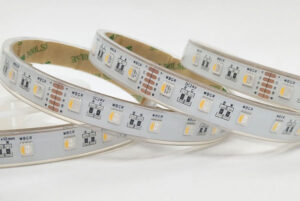Luminaires have a life cycle that can be shorter than expected if they suffer from a voltage or electrical spikes. Power outages are usually the cause of LED light failure, but there are usually fluctuations in power before that happens.
Surge protection offers a solution for people who want to prevent these fluctuations or shifts to damage their lights. Nowadays, you can find many surge protection devices in the market, but choosing the right one depends on the level of voltage of the LED equipment.
In this blog post, you’ll learn about surge protection and why you need them.
What is a surge, why do we have to protect from surges?
Any drastic increase in voltage that is higher than the original level in an electrical circuit can result in a surge of power or you can also hear it as transient voltage. Surge protection helps users prevent this transient voltage or power surges in their electronic equipment.
Take into account the voltage changes depending on the country. For instance, the standard voltage in the US is 120 and 277 while in the EU is 230. Knowing this is crucial to know when the voltage rises above a safe level.
Voltage surges have a major negative impact on LED lighting systems wearing their drivers out as well as their distribution panels which means you’ll deal with service interruptions to your LED lighting. Moreover, they can also damage protective devices in any circuit boards within lighting panels.
All electronic lighting systems are vulnerable to over-voltages, therefore, many technical international standards mention how necessary lighting protection is since it will end boosting the device’s performance and extend the LED driver lifetime. LED driver surge protection is also very useful for public installations which the environment can affect very easily. Investing in protection reduces infrastructure costs as well.
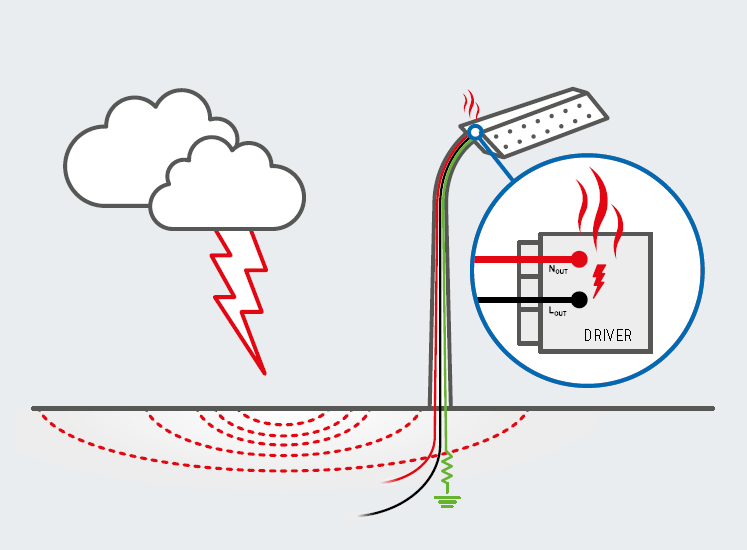
The difference between common mode surge and differential mode surge.
Due to the more complicated electrical design, LED driver is more susceptible to surge compared with magnetic ballasts. There are 2 major standards regulating the surge protection level of LED drivers, IEC61000-4-5 (Testing and measurement techniques – Surge immunity test) and IEEE Std C62.41.2 (IEEE Recommended Practice on Characterization of Surges in Low-Voltage (1000 V and Less) AC Power Circuit). LED driver should be heavily protected especially in the outdoor usage by special surge protection circuitry composed by MOV (metal oxide varistor) and GDT (gas discharge tube). And the surge usually comes from two ways: one is high power machine nearby on and off operation, or heavy load-light load sudden switches which leads to surges between line and neutral, which is named as differential mode surge; and the other is from the lightning which makes earth voltage level fluctuate greatly thus creates the surge between either line or neutral and earth, which is named as common mode surge.

To understand these two types of mode surge, you first have to know that you need to install a surge protection device (SPD) as close as possible to the vulnerable circuit. This device should divert the excess power to the ground so it can limit a peak voltage to a safer level. The way you connect the SPD will determine whether it’s a common mode surge or a differential mode surge. For example, you can install the SPD in parallel or series.
If the surge happens between two conductors or groups of conductors, it will be a differential mode surge. One of these surge source terminals has connections to a reference point (local earth/ground point) which should balance the surge source.
The common-mode connects the line to a neutral location such as the ground. This mode diverts the surge to the ground protecting the LED driver. Technicians usually connect it in parallel which works even after the SPD receives damage. Therefore, if you prefer the continuity of functioning, this mode might be useful for you.
The difference between lightning surges and other surges.
Lightning can cause short-term overcurrents that affect power lines, electronic equipment, and electrical lines. This isn’t science fiction, a lightning strike can actually cause a series of damage to buildings and electric wires which lead to surge current flows. It’s even worse if the lightning strike hits the electric wire directly, but if this isn’t the case, it will still create an electromagnetic field that is near the communication lines.
It’s just a matter of seconds before the electrical devices receive the lighting surge which can affect a single area for several kilometers.
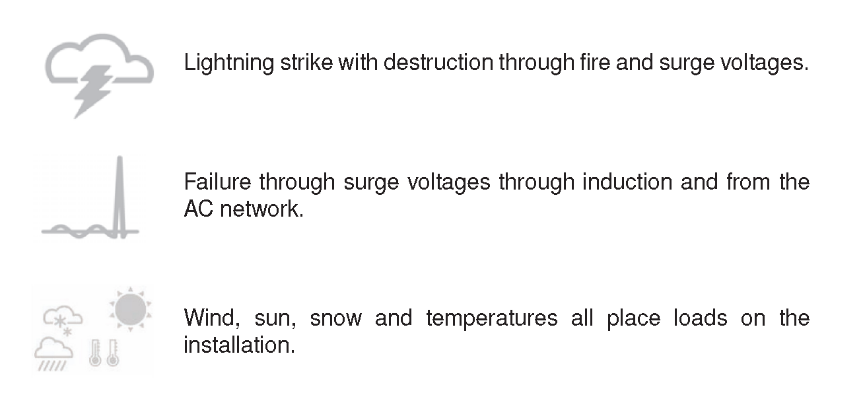
You can also find the internal surges which happen within the electrical installation. We’ve mentioned some of them such as the short-circuit surges, but there are other ones like the connection surges that occur when the device is switching its unloaded lines on and off. There are the occasional surges that happen after a sudden load change.
The standards to describe LED driver surge protection level.
a.IEC61000-4-5
There are international electrotechnical standards that ensure the protection level of a LED driver surge. This commission sets the device to protect the power lines vulnerable to surges with different procedures and classification levels. It has test methods and immunity requirements for almost all electrical devices that processes such as switching transients can affect. Many installation and environmental features take part in the test levels in this standard.

b.IEEE C62.41
This LED driver surge protection standard details everything related to surge current and temporary overvoltage. These surges don’t exceed the normal fundamental frequency (waveforms) and they can result from random events including grounding conductors.
It also specifies the standard ratings, testing, and performance requirements for the electrical circuits and relay systems that control the power devices.
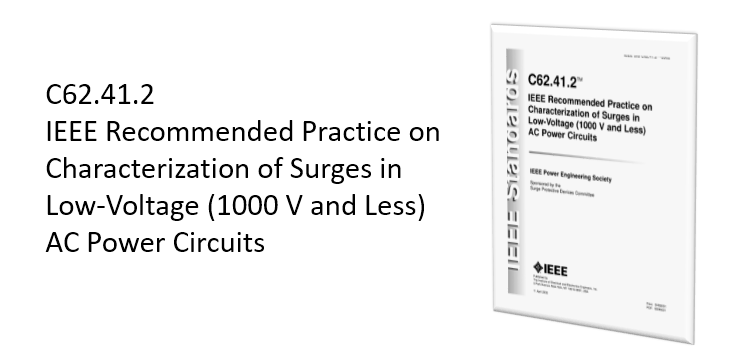
How to design proper surge protection circuits with high level.
Using a surge protector can be a lifesaver when replacing your home lighting with LED lamps, yet to achieve this, the surge protectors need to divert high voltage and minimize surge impact using components such as metal-oxide varistors (MOVs), transient voltage suppression (TVS) diodes and gas discharge tubes (GDTs).
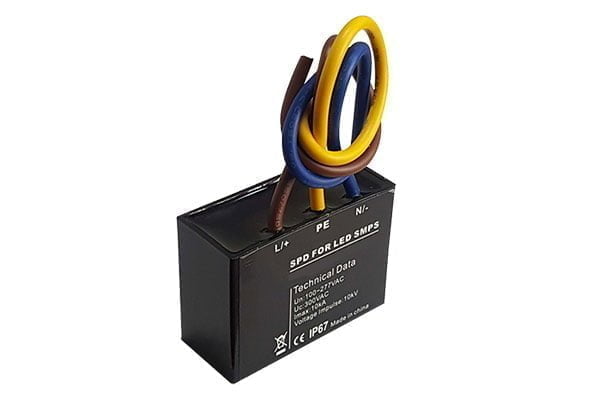
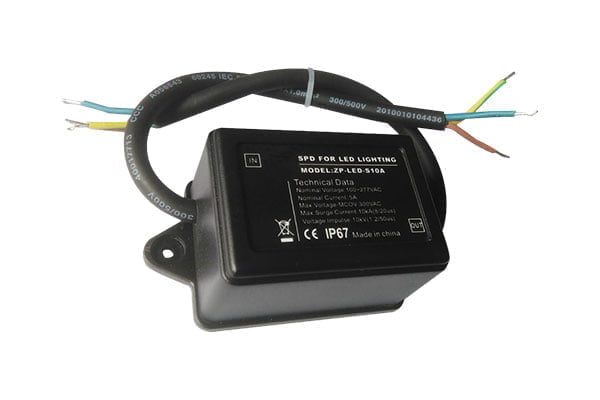
They are the main elements to design effective surge protection circuits which only activate when there’s a high-voltage absorbing the surge.
Once you have the proper components, you can start with the wiring process which depends on the model and the standards you need, but overall, you just have to make sure the rated voltage that the power source specifies is not higher than the surge protection operating voltage.
It is important to keep the wires as straight as possible and avoid overlapping with other unprotected wires. Make sure the surge protection is near the AC/DC power supply before energizing the circuit.
How to evaluate the surge protection level.
Nowadays, technicians use joule rating to evaluate the surge protection level. A joule is a unit of electrical power and they’re popular among surge protectors because it helps them determine how effective they are. For instance, surge protection at least ranges from 200 to 400 joules, high-quality equipment should have a joule rating of over 1000.
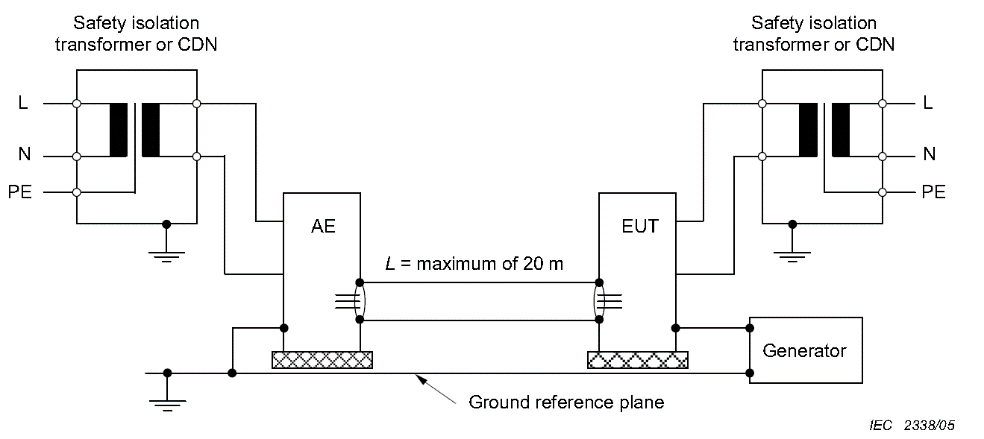
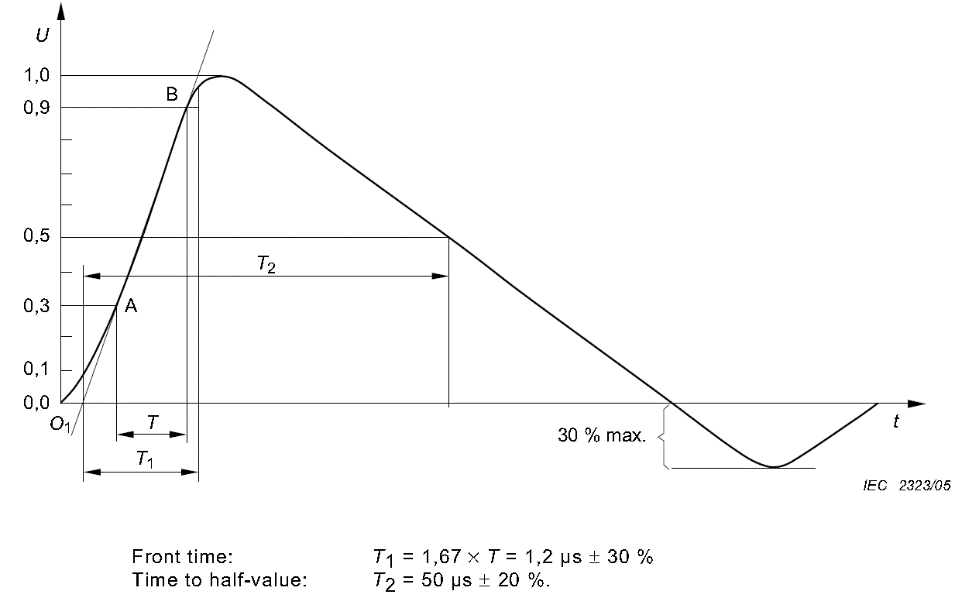
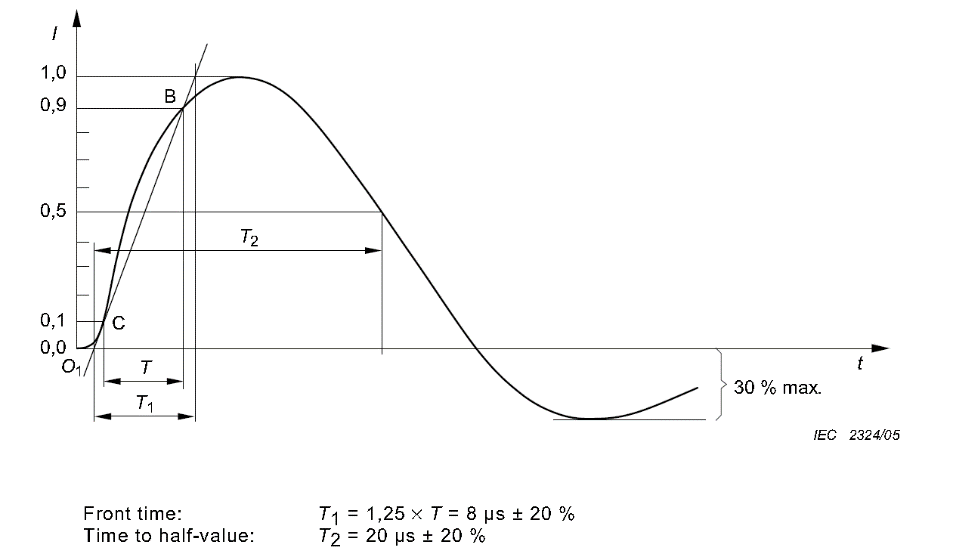
This rating will indicate to you how much power the surge protector can absorb before failing so the higher the range, the better the protection is.
Clamping voltage is another way to know a surge protection quality. It determines the amount of voltage a surge protector can let through once there’s a surge. In this case, the lower the rating, the better the protection.
Summary
LED technology is trendy among lighting types since they do better at thermal dissipation. Yet, investing in this technology also demands taking some time to evaluate the protection requirements for home and commercial areas. The most important one is the surge protection devices which are crucial to avoid LED components receiving damage or causing short-circuits. You can install the surge protection device in parallel or series depending on how you’re going to use them. Yet, installation requires a lot of attention to detail and professional guidance.

